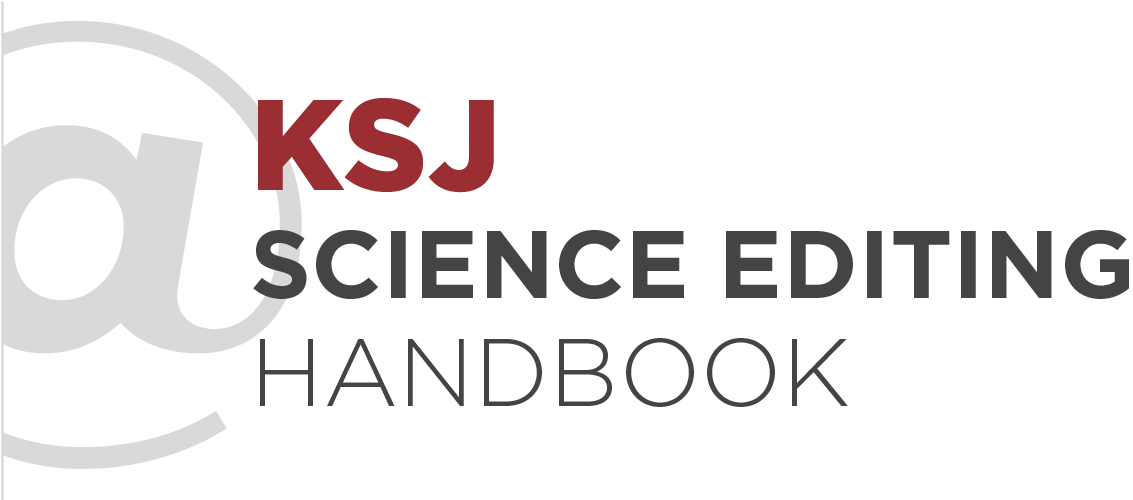- Introduction
- How Science Works
- Sources and Experts: Where to Find Them and How to Vet Them
- Making Sense of Science Stats
- Editing for Story
- Editing Controversial Science
- Holding Science to Account
- Covering Health Care
- Climate and the Environment
- Fact-Checking Science Journalism: How to Make Sure Your Stories Are True
-
Illustrating Complex Science Stories
- Introduction
- The Role of Visuals in Science Journalism
- The Process of Building Science-Centric Graphics
- Strategies for Using Visuals to Put Breaking Science in Context
- Special Considerations for Data Visualization
- Uncertainty and Misinformation
- Editorial Illustration, Photography, and Moving Images
- Additional Reading and Resources
- About the Author
- Social Media and Reader Engagement
- Popular Science
- Misinformation
- Op-Eds and Essays
- About This Handbook
Introduction
By Katie Fleeman / 2 minute read
You’ve gone through the hard work of assigning, refining, and finishing a story. How do you make sure that it reaches an audience?
Audience development is complex, and there isn’t a “one size fits all” guide. This chapter will present ways that engagement editors, social-media managers, and other newsroom colleagues approach and execute audience strategy for science stories. Not everything will be a fit for every newsroom, but there may well be ideas, advice, and actionable tactics that will make sense for you.
Social-media platforms are constantly changing, as tech companies roll out new products and features, and as users change their behavior and preferences. Wherever I can, I point to existing resources that do the work of keeping up, to help you find the most useful information.
Nothing is constant, of course, and audience development is a continuing education. Consider this to be a snapshot of best practices and advice, not the be-all and end-all.
What Is “Audience Engagement”? Three Perspectives
The shorthand way that I describe it is being the representative, spokesperson, advocate for the audience in the editorial team.
Anna Jay, chief editor, digital and engagement, Nature
Social is like the intersection of both [editorial and marketing]. By promoting your stuff on social media, you are engaging in marketing on some level. And I worked at small newsrooms where those people are all combined into one person: marketing, branding, audience development, audience engagement.
Brandon Echter, engagement editor, Snopes.com
For me it starts with content. The content itself, the journalism itself, the art and everything that goes into the magazine. For me that’s the thing that will make people both want to read it to begin with, but then also want to share it on social media and through other means.
Thomas Lin, editor-in-chief, Quanta


